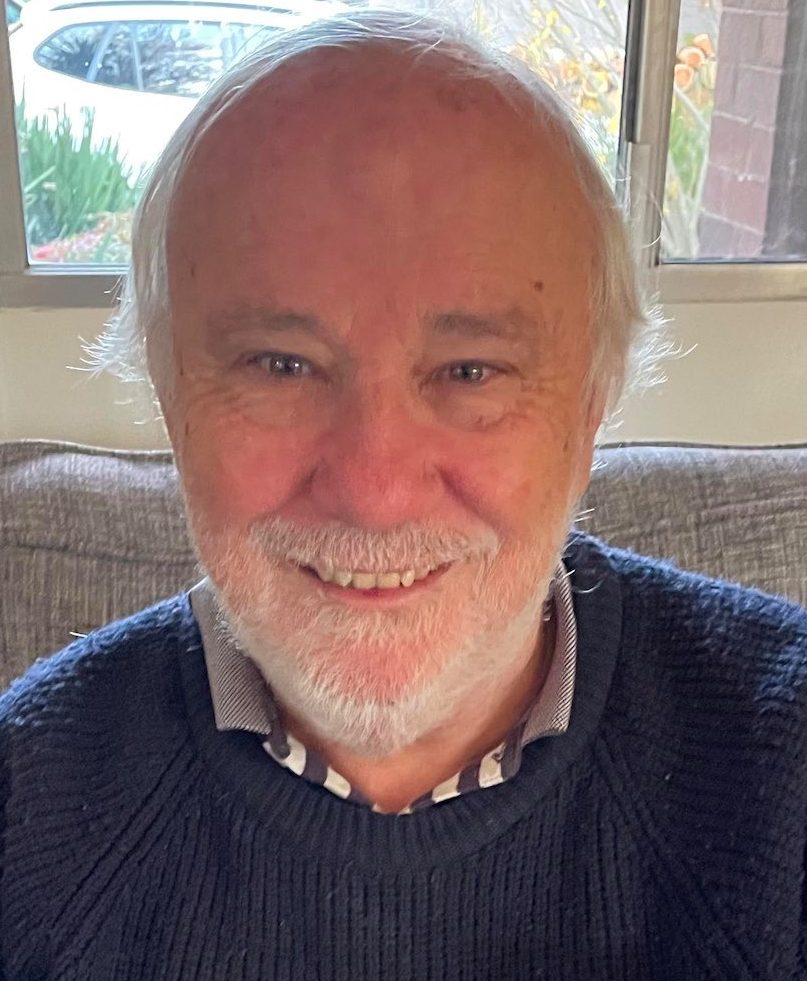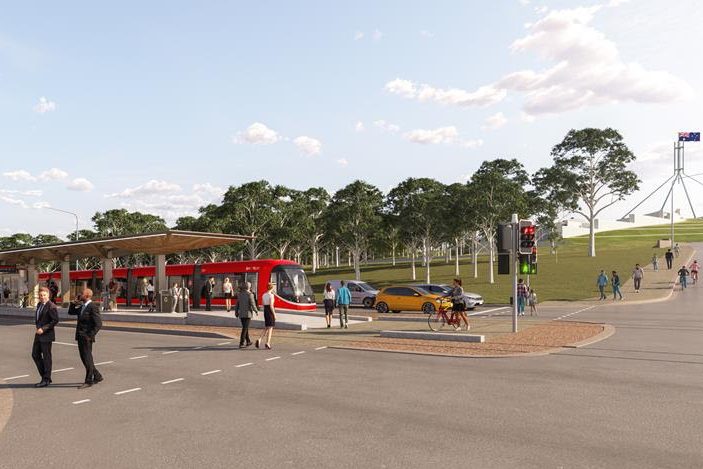
“For Canberra’s move to a higher-density future to be soundly based, a review of the planning and transport strategies is needed,” writes former planner MIKE QUIRK.
The Planning Institute of Australia (PIA), the Australian Institute of Architects, the Australian Institute of Landscape Architects and Engineers Australia identified five priorities and “asks” of ACT election candidates.

The shared priorities are to plan for climate change; promote housing diversity and the missing middle; embed caring for country; strengthen capacity for reform delivery and approvals processes and to plan for ACT rural lands and services across the border. Few candidates would have a problem in supporting these broad priorities.
The PIA added to the priorities the promotion of affordable and social housing delivery and maintaining options for rapid transit and light rail improvement and extension, and outlined actions to implement their priorities.
The climate change actions identified included the implementation of sustainable buildings pathways, articulation of clear targets for emissions reduction including development standards for EV charging, maximum parking rates, disclosure of embodied carbon emissions in development, streamlined EIA processes for renewable energy; the acceleration of electrification programs; delivery of a circular economy strategy; a code for climate adaptation including targets for canopy cover/green grid, urban heat exposure and planned adaptation to natural hazards.
Housing actions included the promotion of housing diversity and the missing middle; the delivery of high quality social and affordable housing, the identification of sustainable and resilient dwelling targets and transit and active travel oriented optimum urban forms.
The transport actions include the adoption of mode share and accessibility targets, the cost effective enhancement of Canberra’s rapid transit network, maintaining future options for the augmentation and extension of public transport corridor (including light rail); mode split targets, inter-modal integration and support for cycling, walking and energy efficient transport modes, increased bus frequency, the planning and protection of options for potential future high speed rail alignments or interchanges and the prioritisation of active travel projects over highway duplication to reduce car dependency, improve air quality, lower greenhouse emissions and create healthier communities.
Other actions include additional resourcing and upskilling of the public and private sectors to improve planning outcomes; preparation of a long-term planning strategy for rural and non-urban lands in the ACT to protect their agricultural and landscape value; a regional planning strategy to promote more sustainable and growth by integrating the ACT and the surrounding region including infrastructure and service planning, especially water security and related infrastructure delivery programs.
While the actions identified have considerable merit, there is a lack of detail.
For example, no information is provided on how to deliver missing middle housing. How will the level of high-quality social and affordable housing be increased?
How will the quality of redevelopment be improved? Does their approach include the exclusion of dual occupancy from areas intended for higher-density housing?
What can be done to improve the design of apartments to meet the needs of a wider range of households including downsizers and families with children?
If the aim is to reduce car dependency and increase bus frequency how can this be best achieved? Would the provision of high-cost light rail reduce the funds available to improve bus frequency, pedestrian and cycling infrastructure? Would high-quality busways deliver benefits more effectively than light rail?
A flaw in PIA’s approach is its acceptance of the context provided by the District Strategies, which is based on the superficial 2018 Planning strategy.
Review of planning and transport strategies is needed
For Canberra’s move to a higher-density future to be soundly based, a review of the planning and transport strategies is needed to determine the optimal arrangement of housing and activity and the transport improvements to service and influence the land use pattern. The review would consider:
- Infrastructure capacity and cost of augmenting infrastructure (e.g. schools, stormwater, sewer, water, parks and recreation etcetera) in areas identified for higher density development;
- Relative environment, infrastructure and travel costs of potential greenfields areas (including Kowen and surrounding NSW) and established areas;
- Housing affordability;
- Housing and lifestyle preferences;
- Higher density designs that better meet housing needs;
- Impact of climate change on Canberra’s long term water supply;
- Costs of augmenting the lower Molonglo Water Quality Control Centre, which is operating near capacity;
- Relative merits of light rail and bus-based alternatives in the context of increased working from home, improved electric bus technology and the potential impact of driverless cars and the
- Scope to influence employment location.
Such analysis would enable an effective response to the social, economic and environmental changes shaping Canberra’s development and build on the legacy of the Griffin’s and the National Capital Development Commission of the close integration of the built environment and the landscape.
While increased density is a key component of any strategy, responses to date have been inadequate and have resulted in poor-quality redevelopments, increased congestion, higher housing costs and do not meet the housing and lifestyle preferences of many households.
All candidates should be asked whether they support a review of the planning and transport strategies.
Mike Quirk is a former NCDC and ACT government planner.
Who can be trusted?
In a world of spin and confusion, there’s never been a more important time to support independent journalism in Canberra.
If you trust our work online and want to enforce the power of independent voices, I invite you to make a small contribution.
Every dollar of support is invested back into our journalism to help keep citynews.com.au strong and free.
Thank you,
Ian Meikle, editor





Leave a Reply